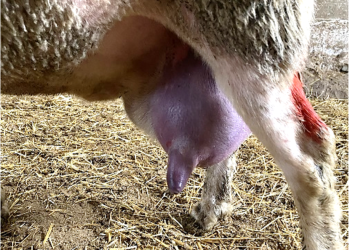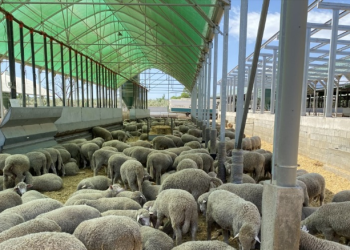Udder conformation seems to be the most limiting factor in proper milking with the machine and poor udder conformation is related to a higher risk of mastitis in milked animals.
“Udder conformation is critical to reducing the risk of mastitis”
Good udder conformation will be essential to having better animal welfare and better profitability.
It becomes evident that an evaluation and selection of the morphological features of the udder (De la Fuente et al., 1996, 1999) should be performed. This evaluation is based on 5 factors:
1. Depth of the udder
It is calculated by measuring the distance between the deepest part of the udder and the hock. Good scores (4-6) have the udder approximately at the hock level.
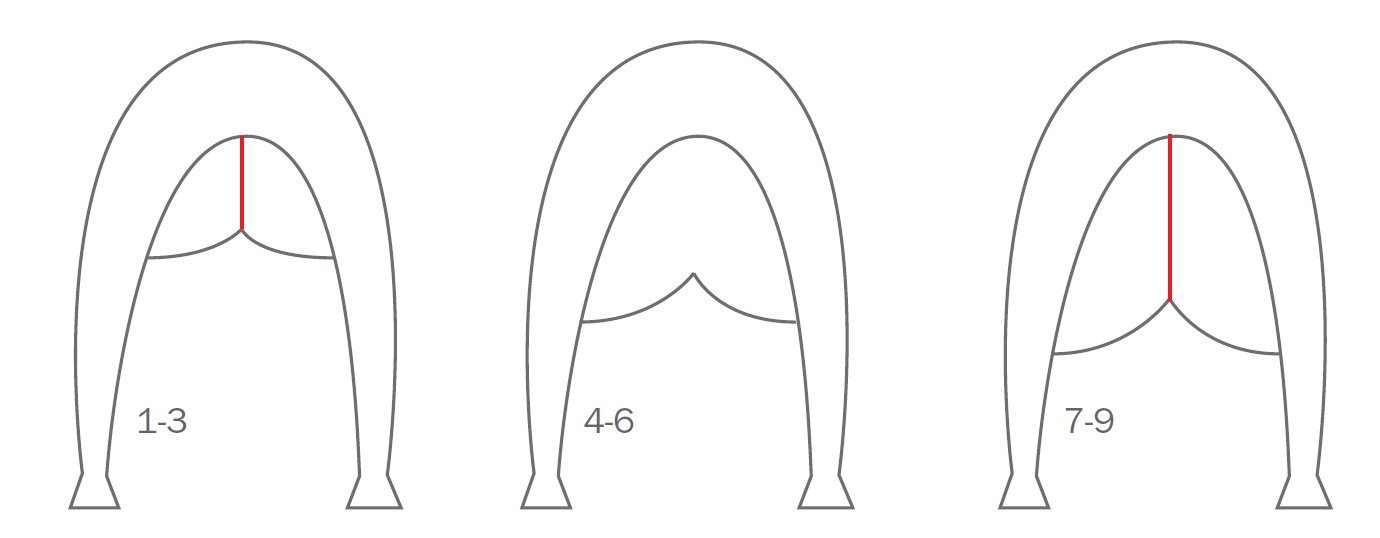
2. Udder insertion:
It is the perimeter of the clamping base of the mammary gland to the abdominal wall. The bigger the perimeter of insertion, the better.
3. Teat verticality:
Defined as the insertion angle of the teat relative to the vertical, it should be as close as possible to 45º.
This must be selected to facilitate adaptation to the milking machine. In case of doubt, it is preferable for the teat to have a more vertical insertion since it will prevent clusters from falling.
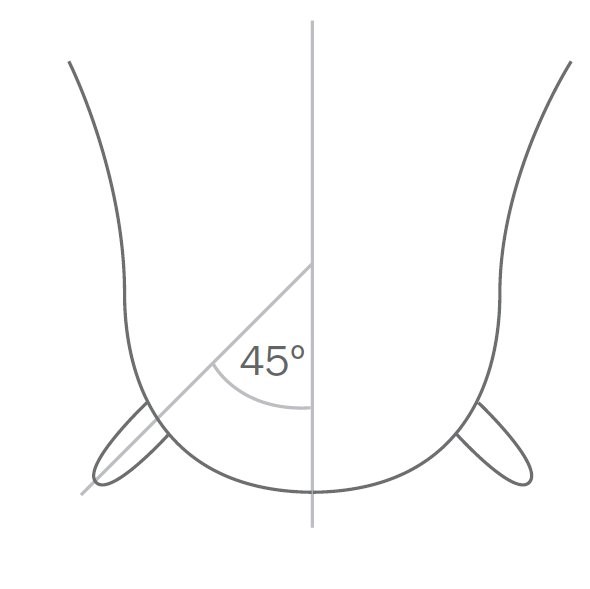
4. Teat size:
It takes into consideration its length and thickness. The size of the teats is important, because it will help the cluster from falling.
5. Width of the udder:
The distance from one side to the other of the udder. The ideal score targets the gland that has the most distance, since it has more glandular tissue and cistern.
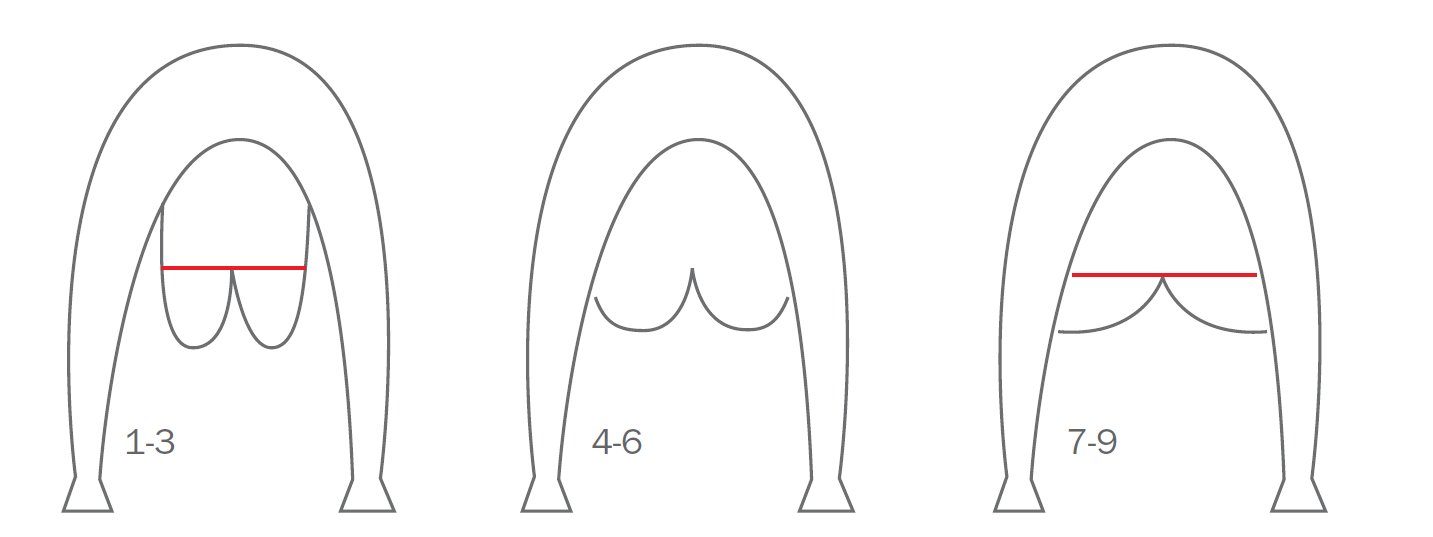
In small dairy ruminants, we should not select pendulous udders (Black, A.), because they are:
● More likely to be damaged (bruising, lacerations)
● More likely to develop mastitis
● Difficult for lambs/kids to nurse
Article written by
Miguel Ángel Sanz Franco, DVM, Small Ruminant Technical Specialist, HIPRA Spain.
